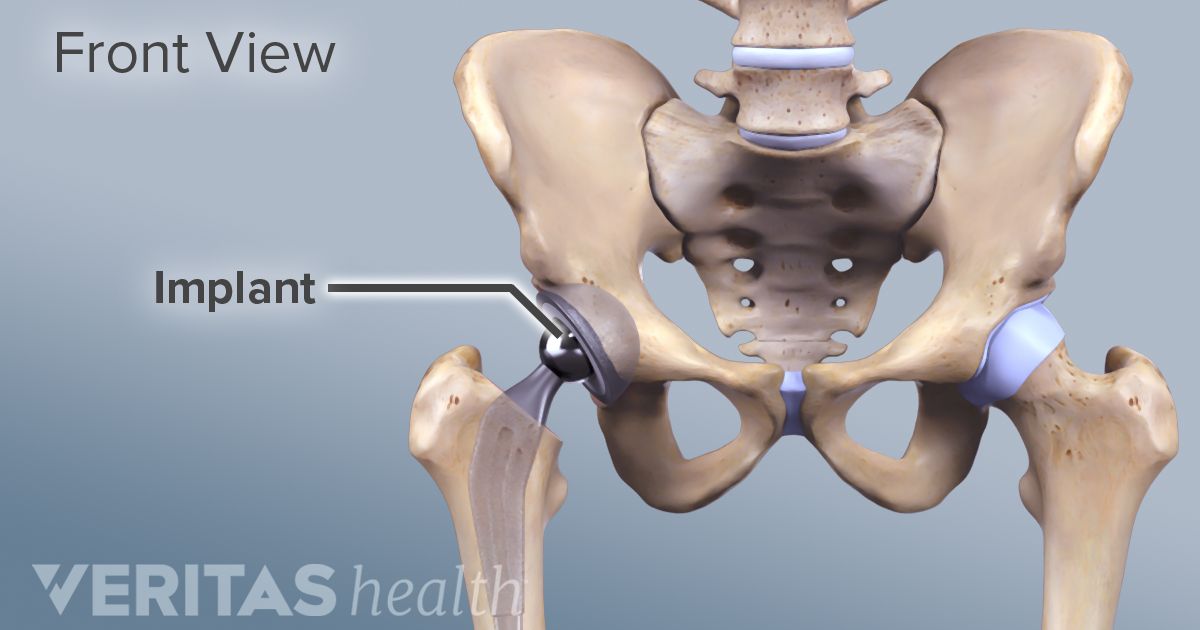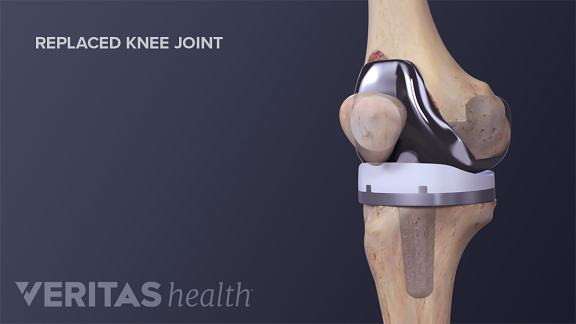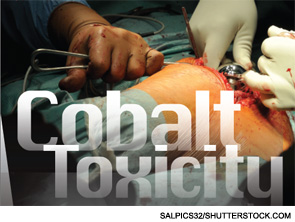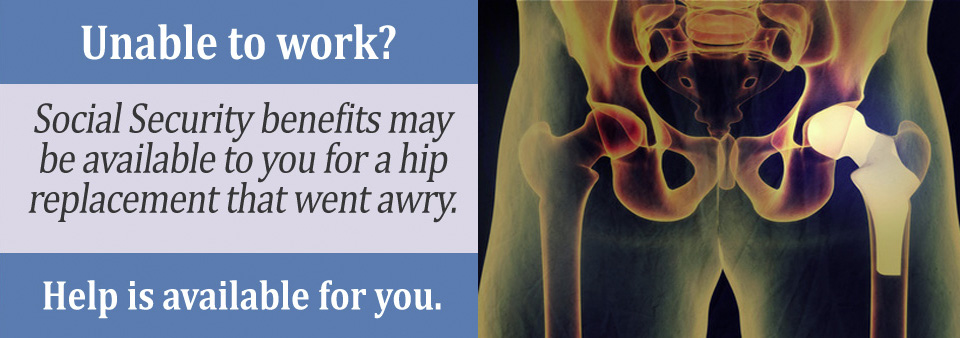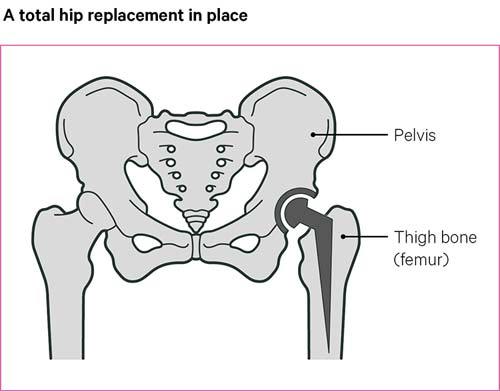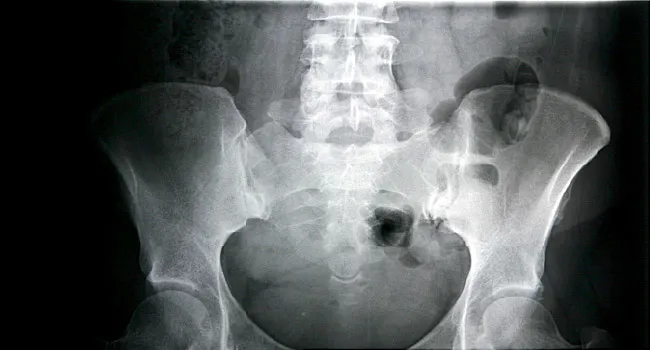Hip Replacement Failure Causes
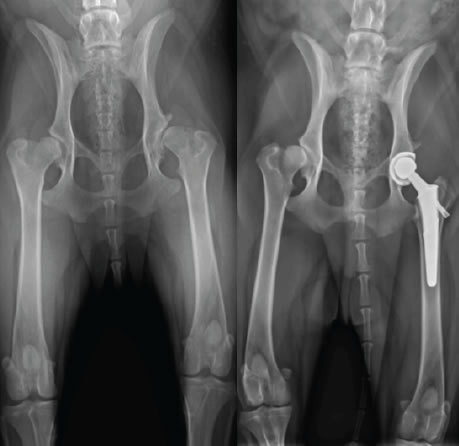
A hip replacement surgery hip is an excellent source of pain relief for many individuals who complain of chronic hip pain as a result of a condition called avascular necrosis of the hip.
Hip replacement failure causes. Dislocation of the joint loosening of the stem and cup and failure of the stem. Symptoms of hip implant failures. The goal of hip replacement surgery is to improve function and range of motion and relieve pain in a damaged hip. Because of the weakened bone the hip replacement becomes loose and begins to wobble.
This is abnormal tissue growth that occurs as a reaction to metal particles being released near the site of the hip replacement. Dislocation of the prosthesis can occur immediately after surgery if you move your leg into a prohibited position. While hip replacement surgery is a safe and effective means of treating severe hip arthritis not everyone who undergoes the surgery has a perfect result failures do occur and often require revision surgery to correct the problem and or treat the underlying condition. This is where the hip area becomes swollen warm red and often painful as a reaction to the hip failure and or as a result of infection.
A properly functioning hip replacement should last between 10 to 20 years but there is still a chance that your hip replacement could fail. The major causes of failure in hip replacement are. Current research suggests that the failure rate in the u s. Conditions that can damage the hip joint sometimes making hip replacement surgery necessary include.
Such individuals not only have severe pain in the hip but also find it extremely difficult to do any activities of daily living or ambulate any distances as a result of pain in the hip. These were originally intended to provide a greater level of stability in younger more active people in need of hip replacement surgery. There are many causes of hip pain after replacement. Hovers around one percent per year a strikingly low number.
The most common include infection loose prosthesis tendonitis hip replacement failure dislocation metal ions prosthesis fracture and the wrong diagnosis. In particular all metal hip replacements with larger heads the portion of the hip that fits into the socket have the highest failure rates. Osteolysis is a problem that causes the bone surrounding the implant to seemingly melt away the weakening of bone around the hip replacement is seen on x rays and it appears as though there are holes in the bone around the joint replacement. In minnesota the risk for metal on metal hip implant failure is even higher.




